This is especially true for those individuals who have taken up the handgun for personal defense.
Since you are working from behind on the power curve, your response must be intuitive.
Chance, however, continues to favor the prepared user.
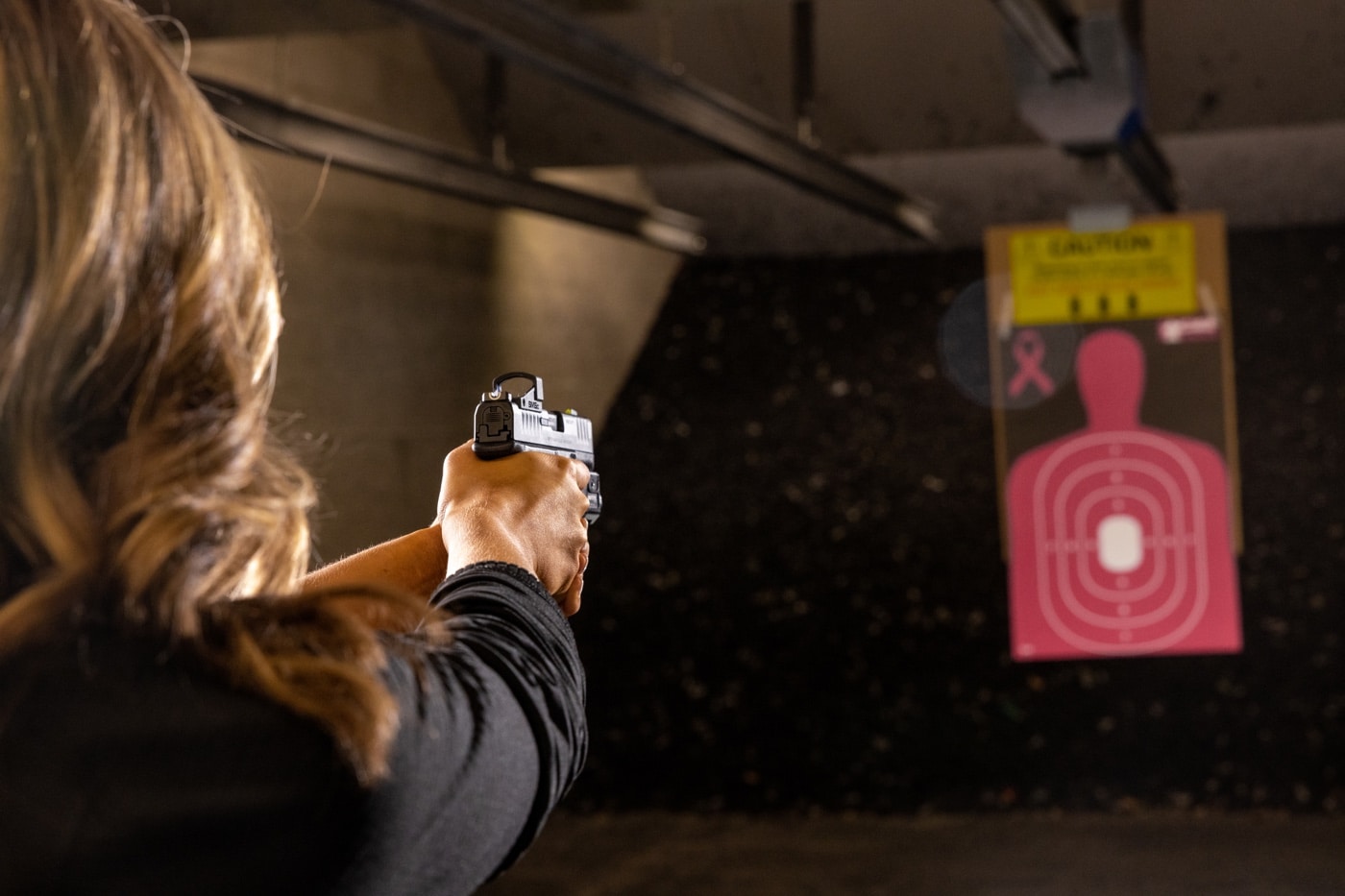
If you are forced to use a firearm for self-defense, you are unlikely to have much time to react. Training can help you become efficient in your response.
Obstacles
For most of us, modern living puts serious constraints on both our time and wallets.
Another limiting factor remains the practice facility.
Many public ranges have rules in place that prohibit drawing from the holster or even shooting at speed.
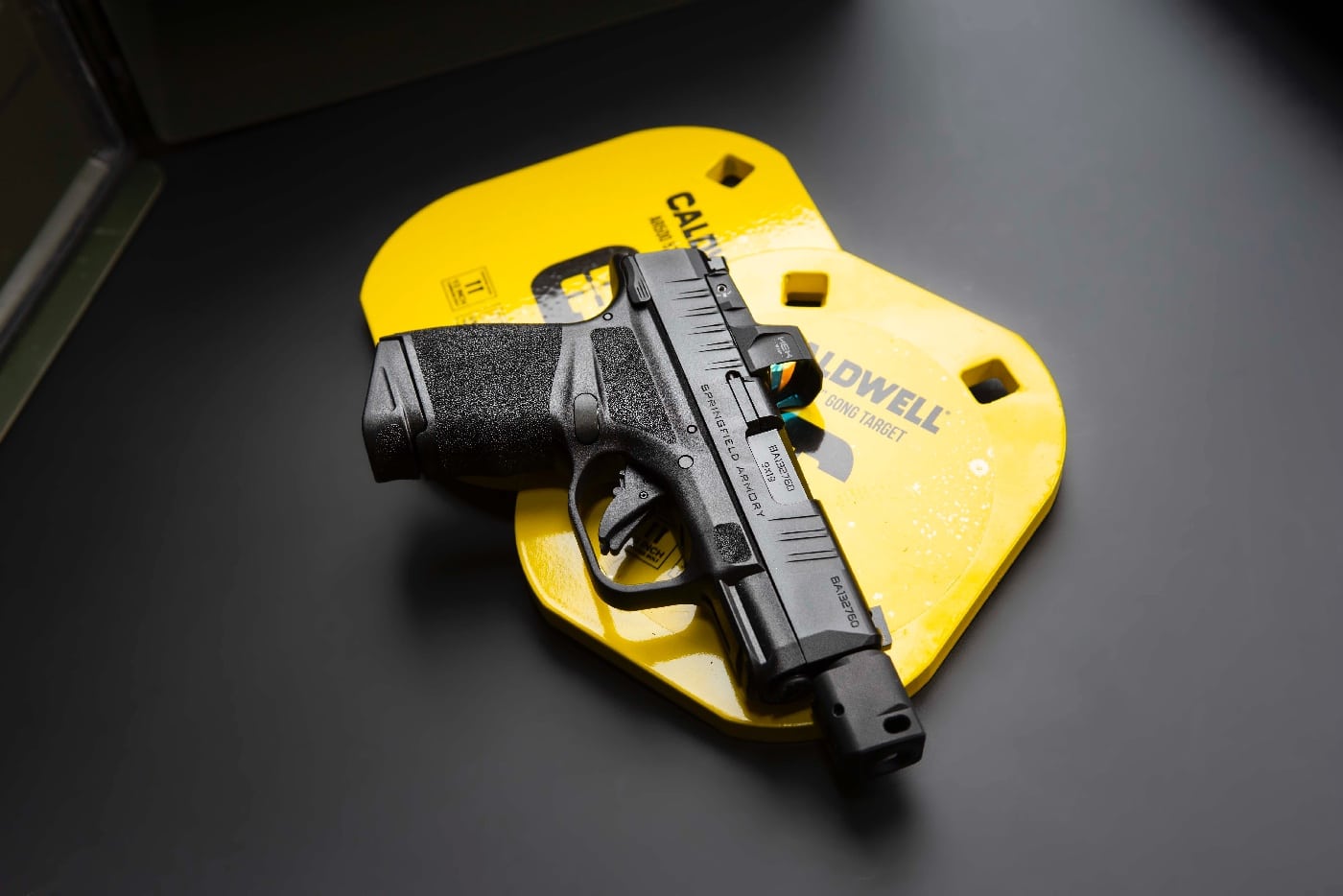
Steel targets for training are great for immediate feedback during training. Hearing steel ring lets you know you are on target.
Targets must be set at proscribed distances, and shooting in low light is totally out of the question.
These are the skills that are absolutely necessary to practice to get to prevail in an unforgiving world.
If youre allowed to do these things on your range, thank your lucky stars.
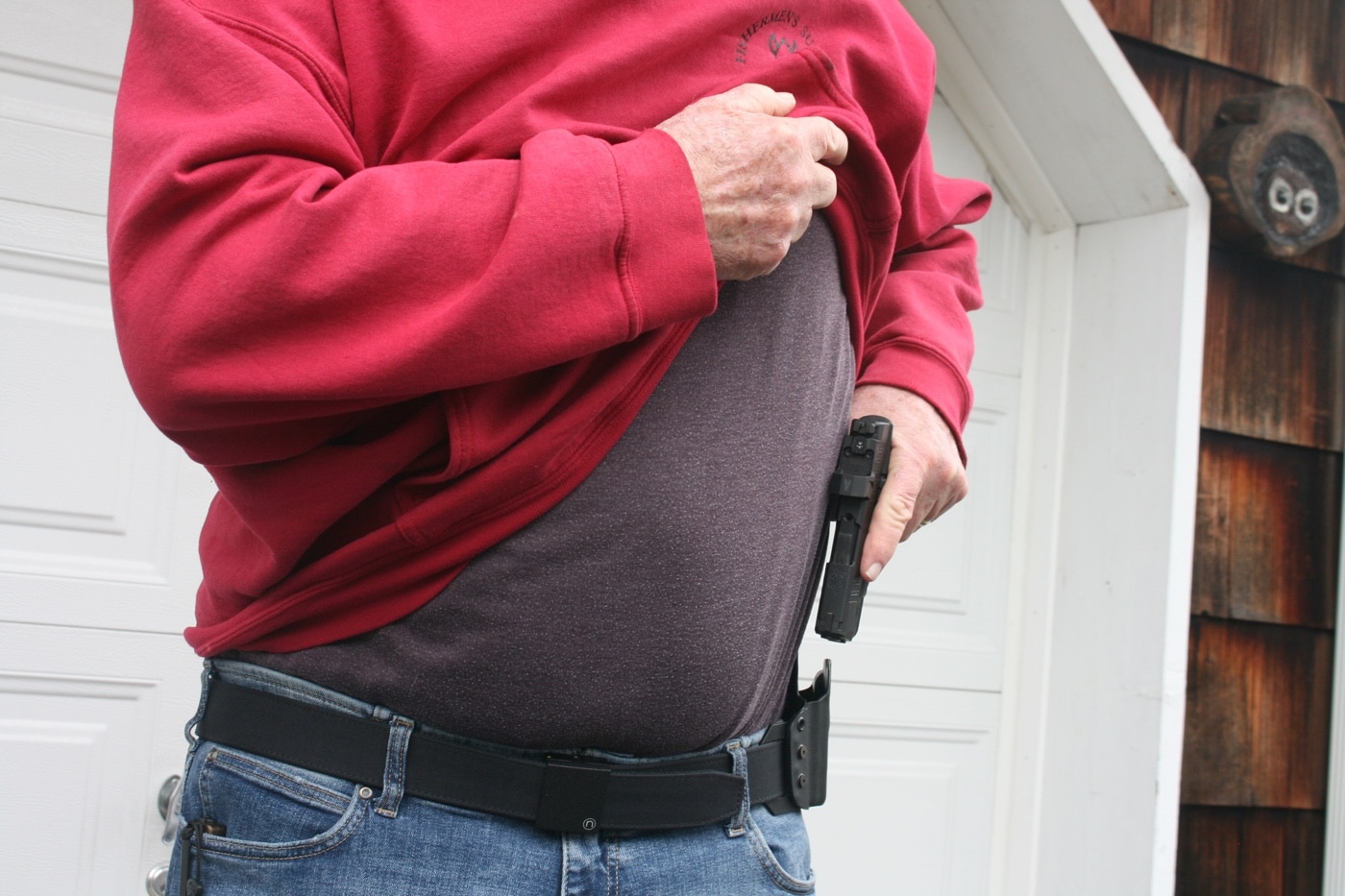
Practice with an empty gun should include drawing from concealment with the type of clothing you normally wear.
If not, we must find another way.
First and foremost, there should be no ammunition on your person or in the immediate area.
Be absolutely sure your pistol and magazines are empty by doing a visual and physical inspection.
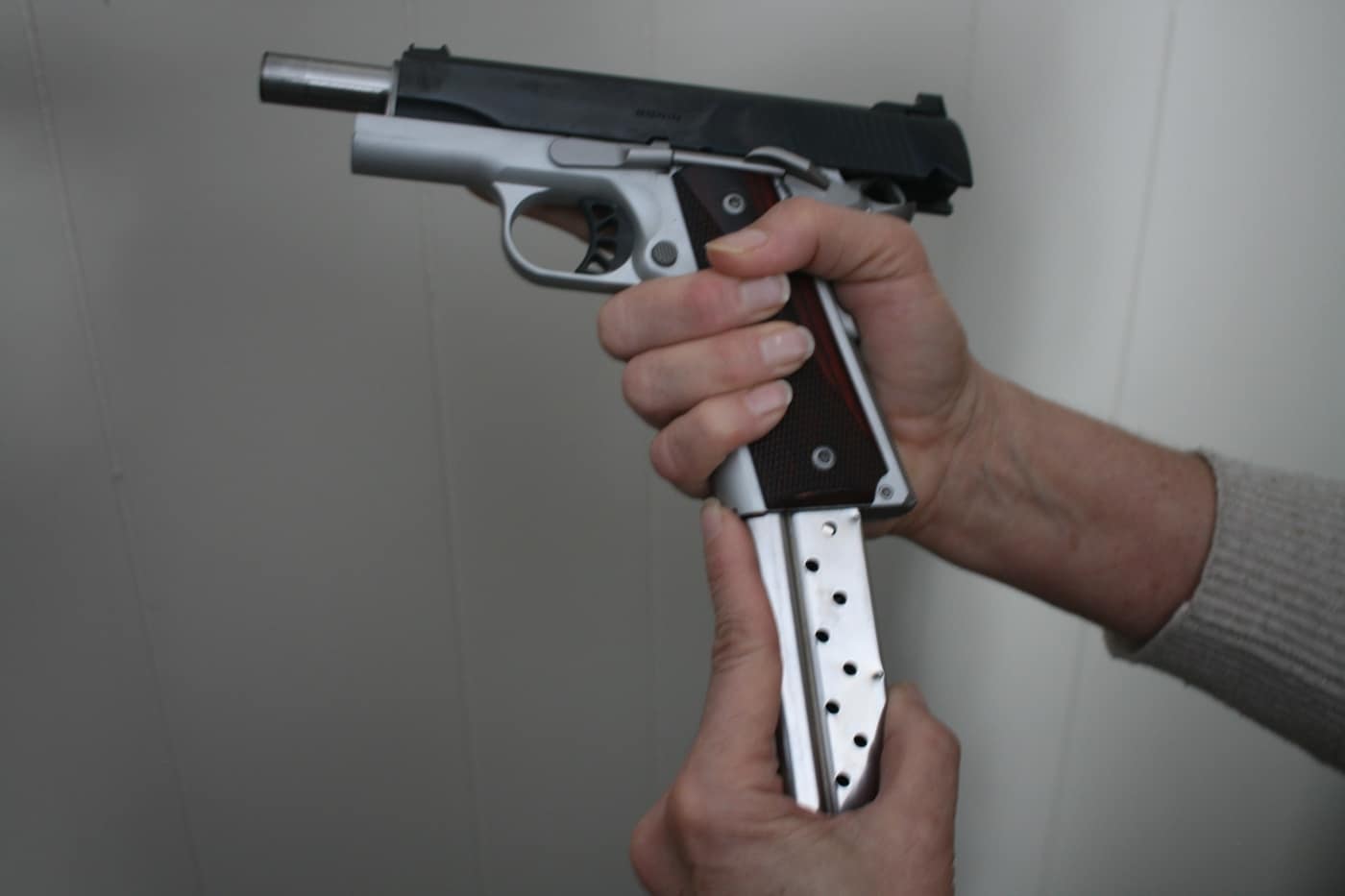
Efficient, smooth reloads can be practiced outside the range environment with dummy rounds.
You might also consider getting an inert, training pistol in a facsimile of your carry gun.
They come highly recommended.
Along similar lines, get yourself some inert, dummy training rounds.
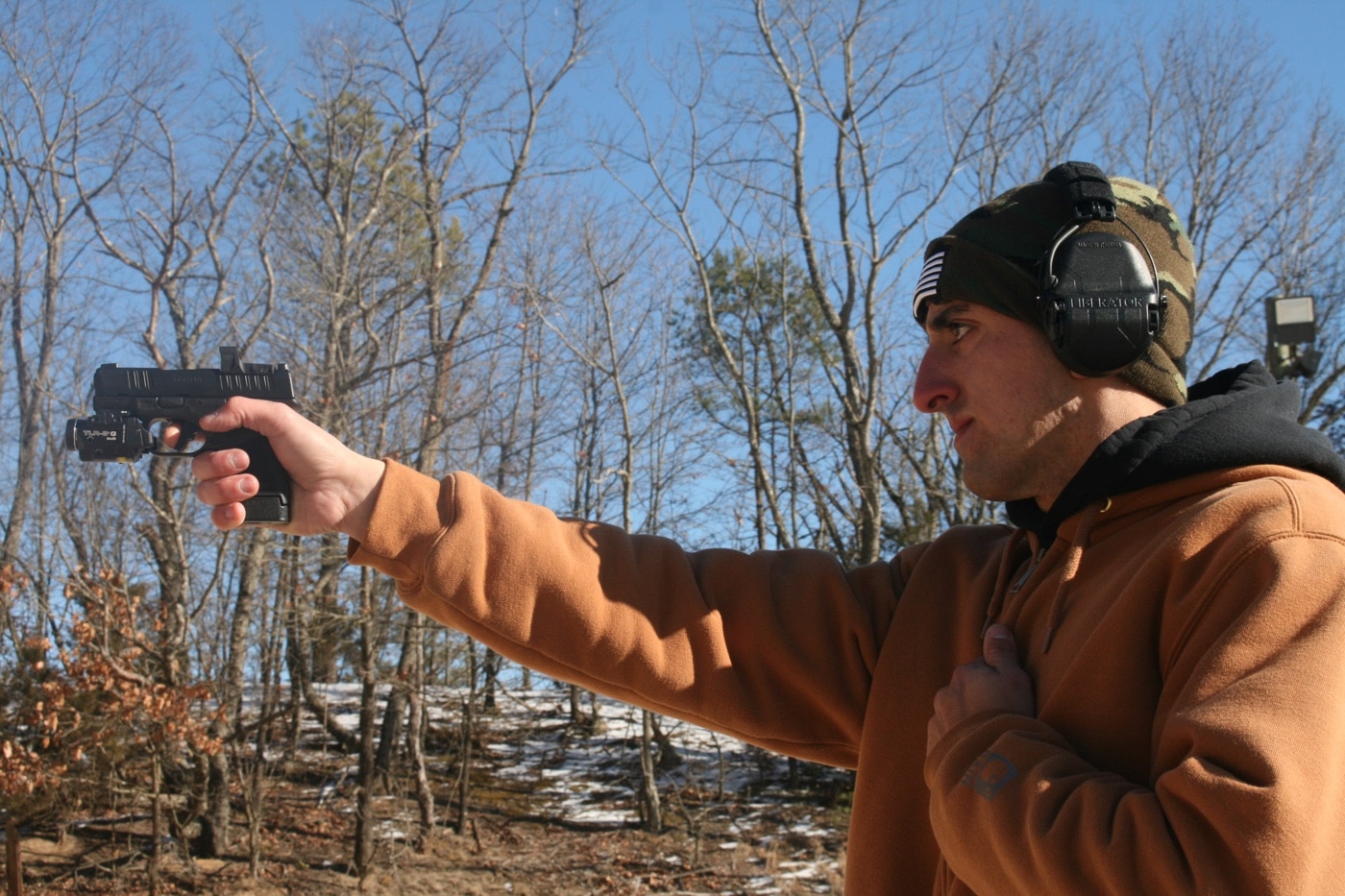
Don’t neglectshooting with one hand! Consider the possibility of an injury, holding a flashlight or pushing someone away from danger.
This will enable you to practice reloading and stoppage reduction drills off the range in complete safety.
But verify you DO NOT mix any lives rounds into this process.
Dry-fire is yet another drill that can be practiced off the range.
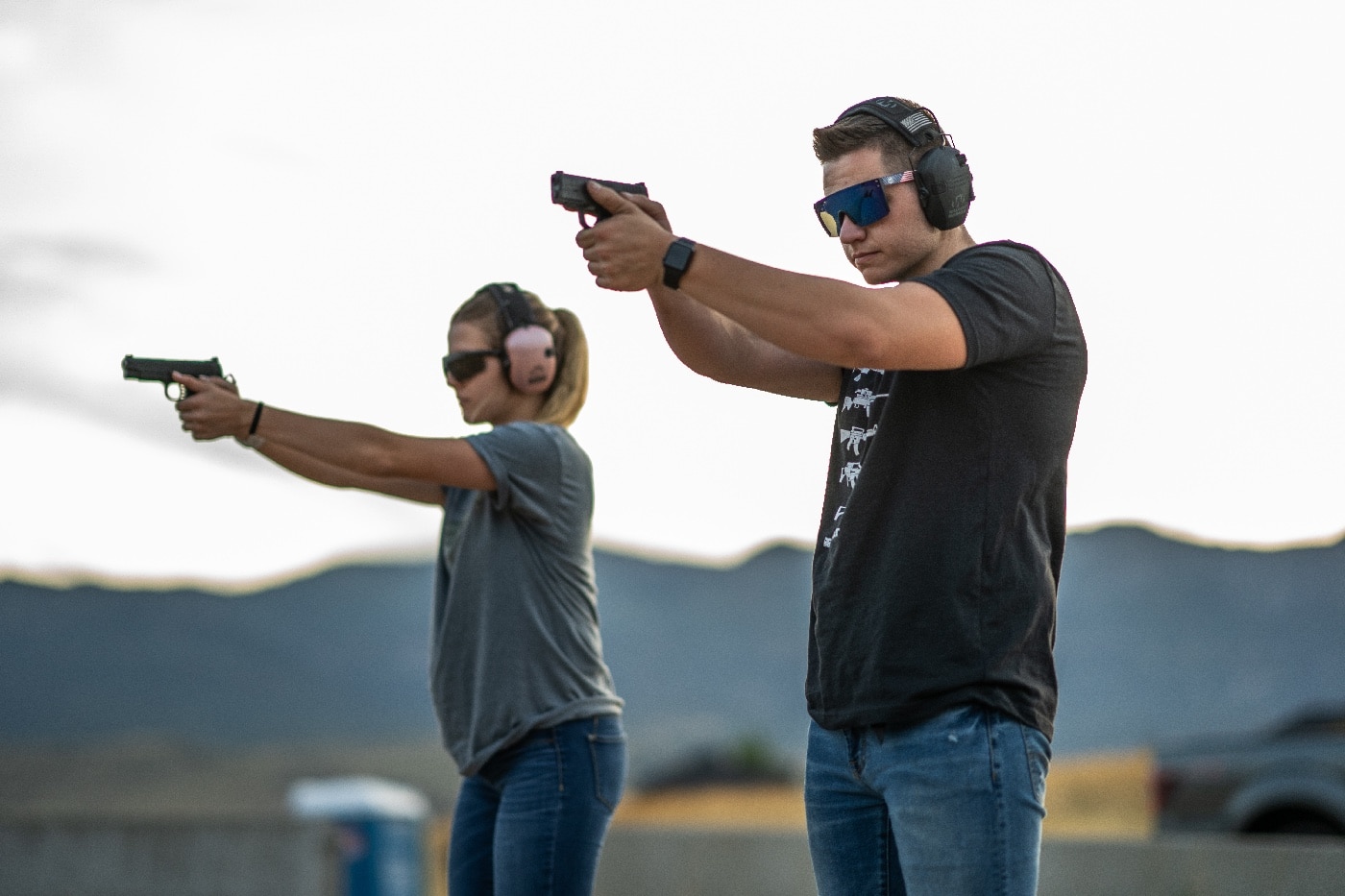
If you are married, consider training with your spouse. Learning to fight as a team can make you more effective at protecting your family if danger presents itself.
I tend to keep dry-fire practice short and strive for 10 consecutive, perfect presses.
Going Hot
Most armed conflict unfolds inside of what we might characterize as conversational distance.
In view of that, most of my practice takes place inside of seven yards.
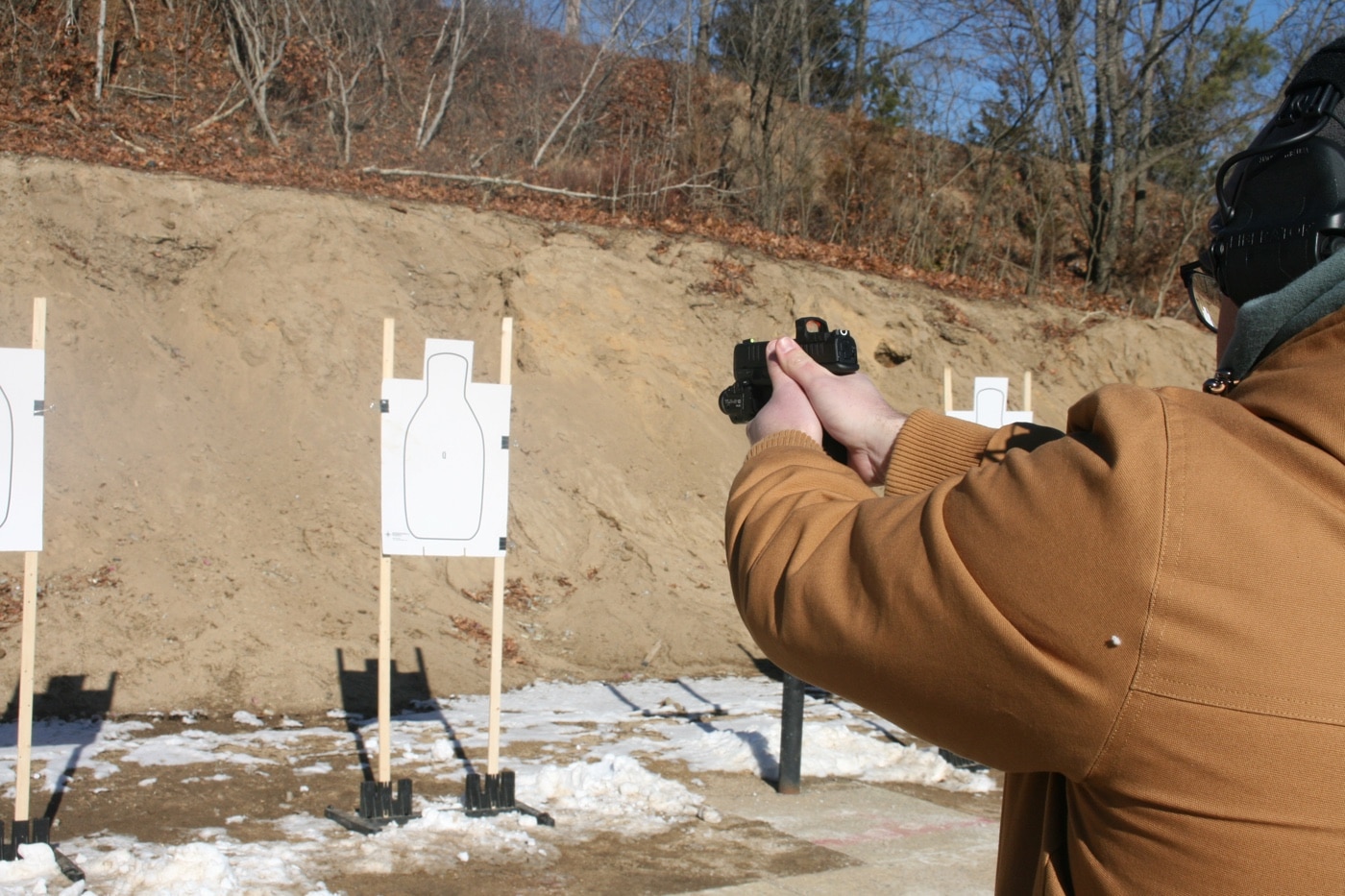
The primary focus of live fire practice should be a fast, decisive response to one or two threats at close range.
When I get comfortable with that, I add a little movement.
I might shoot a few rounds, move laterally and shoot a few more.
By all means, draw your pistol from concealment, striving for smooth and efficient presentation.
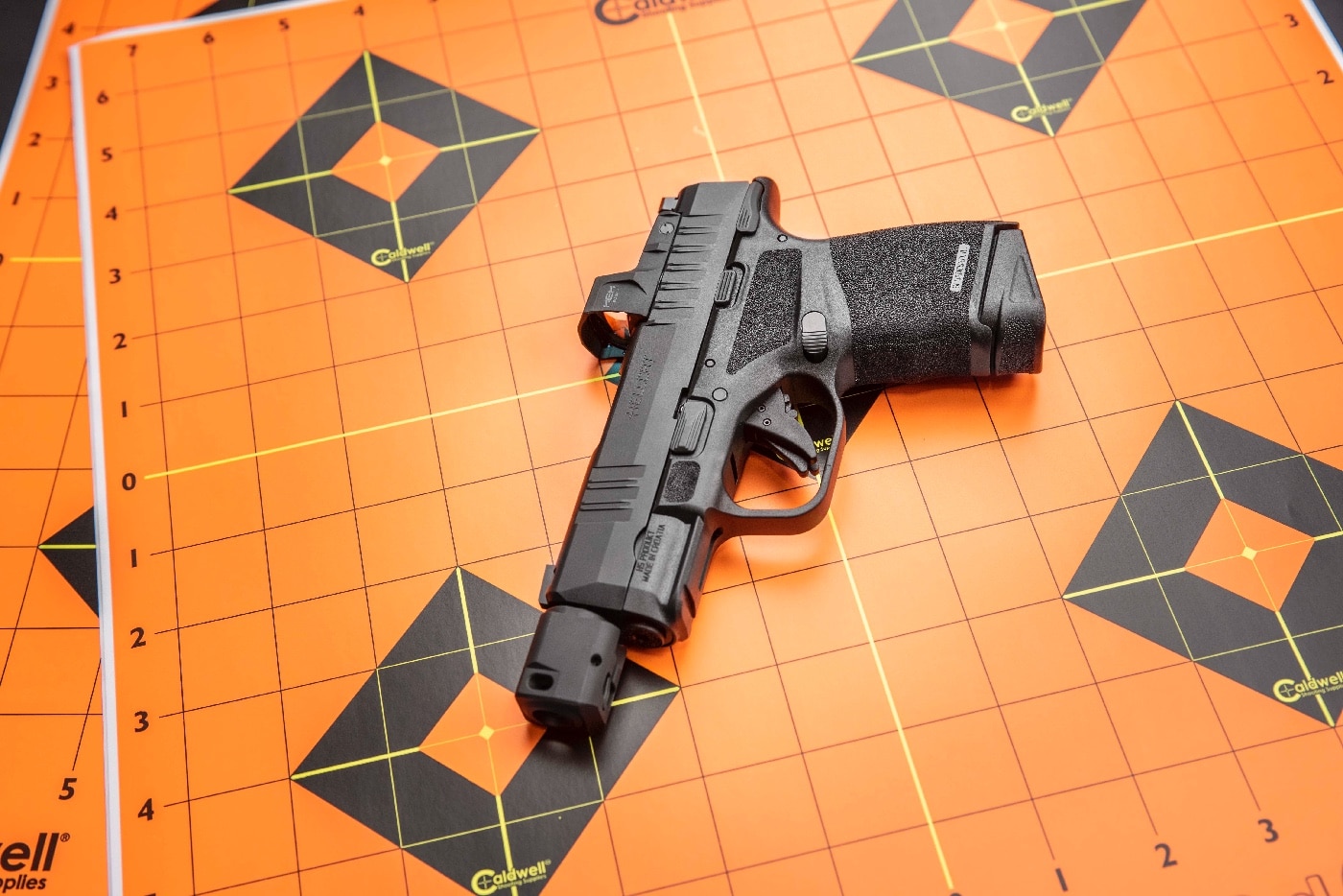
Shooting small circles at close range can help enhance your skills in shooting at targets at distance.
Quite frankly, the pop in of sights you utilize comes down to personal preference.
In short, that means something bold that stands out in most backgrounds.
TheHellcats U-Dot sighting systemis a great option.
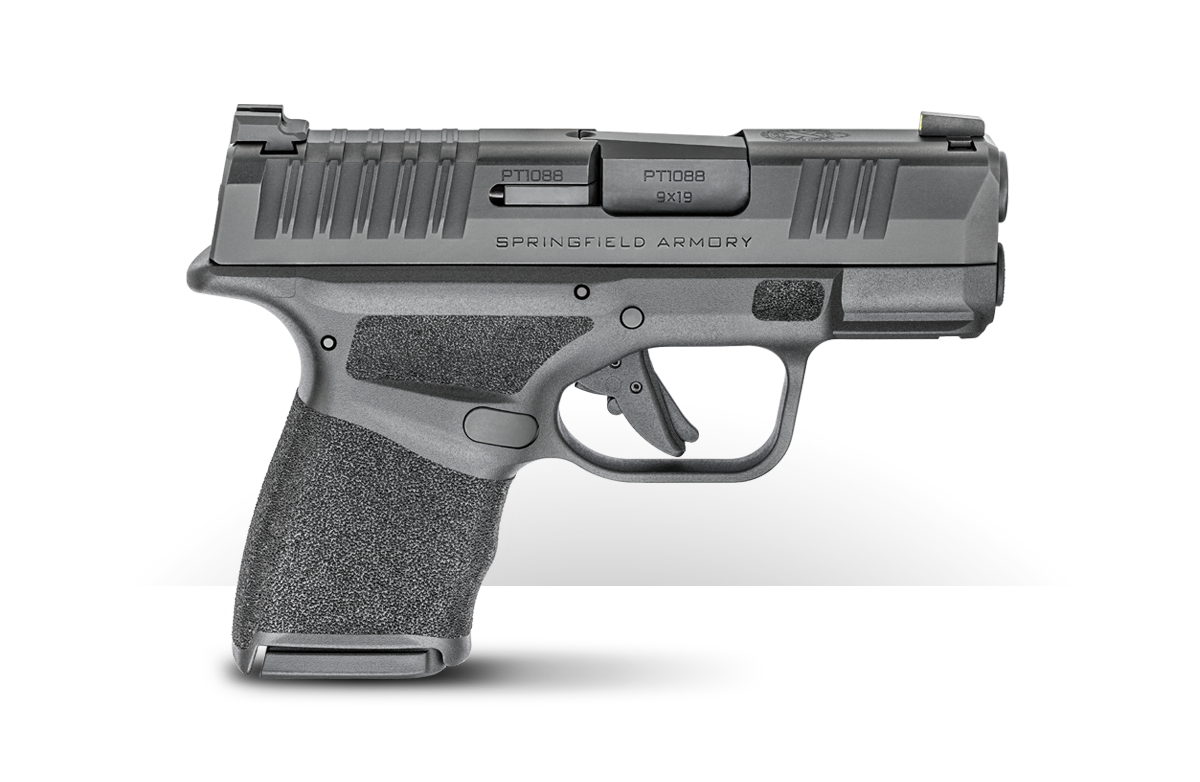
As far as target selection for practice, attempt to use something with a realistic size high-value scoring area.
Mark or paste the hits on your targets to note your performance and progress.
You, however, may be the anomaly.

With that in mind, some occasional practice at longer ranges should be part of your routine.
Other options are post-it notes and index cards.
When I shoot at extended distance, the hits come so much easier because of this.

These are more advanced skills, and things can go very wrong if they are done incorrectly.
So, team, get busy.
Focus on the basics with the goal of fast, decisive hits at conversational distance.
Practice smart and stay safe.
Go to forum thread




